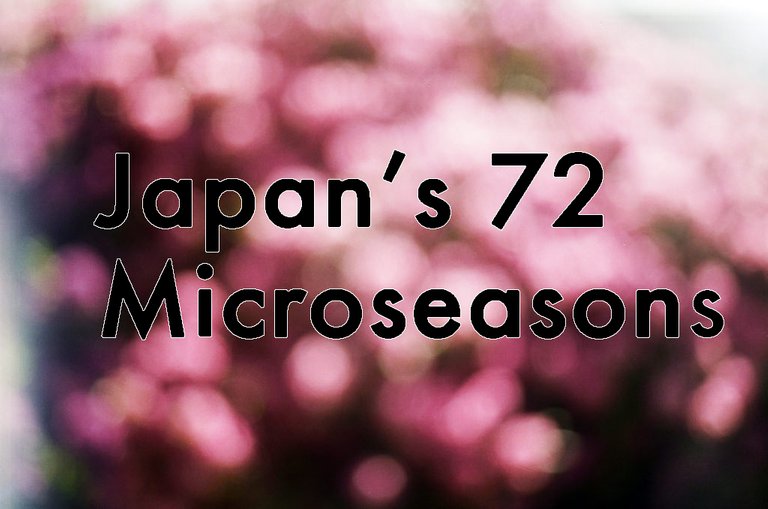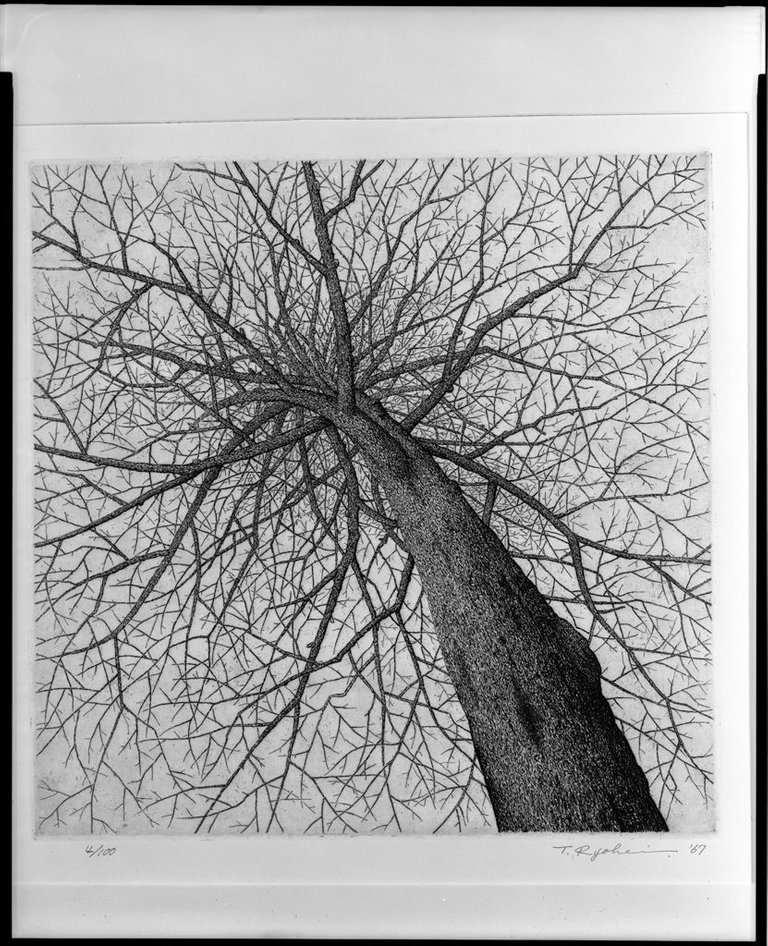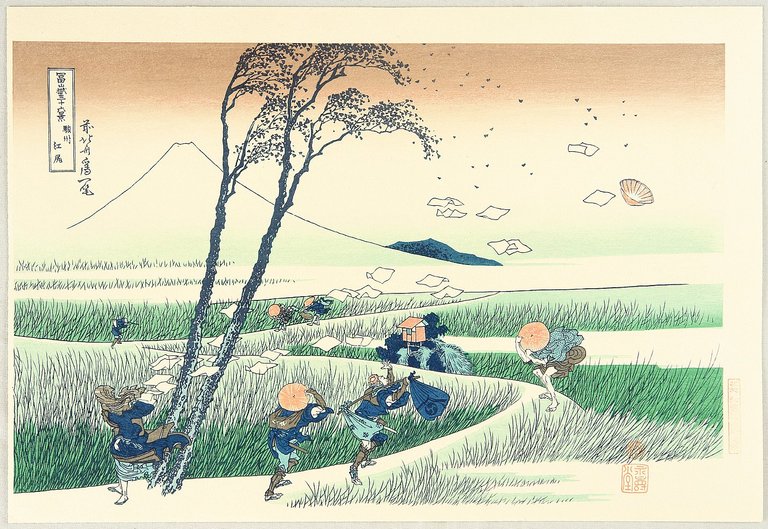Microseason Forecast for Nov 28 - Dec 1 ~ Notes from the Japanese Almanac

We are in a new microseason! If this is your first time joining us, scroll down past the forecast to read about what exactly a microseason is. For the rest of you, let’s jump in!
The Current Microseason: North Wind Scatters Leaves
Today, Nov 28, begins 朔風払葉, the 59th microseason (候, kō) which is read kitakaze konoha wo harau and means north wind scatters leaves. This is the second microseason of Shōsetsu, which is itself the second solar term of winter.
As mentioned last time, the north wind is showing up more and more. This microseason is when it is starting to pull the dried leaves from the trees and scatter them. Much poetry has been written about this time of the year. It is sad to see the beautiful leaves go away, but there is also a beauty in the bareness of the trees that has been revealed to us, more subtle and profound, which we can refer to as yūgen (幽玄).

Seasonal Vegetable: Shiitake Mushrooms
Ah shiitake. If you know one mushroom by name, this is probably it. They have become famous world-wide due to their wonderful taste and health benefits. There are several varieties of them, all of which can be farmed which helps keep the price of these delicious mushrooms reasonable.

Here is a haiku for this microseason:
kogarashi ya kane ni koishi o fukiateru
blown pebbles
strike the temple bell
—Buson
The kigo (season word) here is kogarashi which means something like “withering wind”, or in other words that cold winter wind this microseason is talking about that strips the leaves from the trees and brings us even more into winter.

Will move this info to another post one of these days, but for now, briefly:
- Each month has two seasons, called solar terms (節気, sekki), giving us a total of 24 seasons. This gives the system its name, the 24 Sekki (二十四節気). I usually refer to this entire system as The Japanese Almanac. It is more than a little similar to the American Farmer’s Almanac.
- Each of these 24 seasons is further subdivided three more times, giving us a grand total of 72 seasons, or microseasons (候, kō).
- Each microseason is about 5 days. With time periods so short, they can get pretty specific about what in nature we might expect to be happening around now.
- The system was originally from China, but it was reformatted during the Edo Era (1603–1868) to fit better with Japan’s climate. I find it also fits fairly well with much of the Midwest in the Eastern half of the US. But if you live in a different area, your milage may vary.
- The entire system is based on the equinoxes and solstices, so it is fluid and the exact dates will vary by a day or two from year to year. Luckily there are a great many Japanese sources that do the astrological computations for us and tell us exactly when each one starts and ends every year.

The next microseason starts on Dec 1. See you then for the next forecast!
❦
 |
David LaSpina is an American photographer and translator lost in Japan, trying to capture the beauty of this country one photo at a time and searching for the perfect haiku. |
If this blog post has entertained or helped you, please follow/upvote/reblog. If you want to further support my writing, donations are welcome.
This post has received a 100.00% upvote from @fambalam! Join thealliance community to get whitelisted for delegation to this community service.
https://twitter.com/HiveDbooster/status/1464993084769460240
The rewards earned on this comment will go directly to the person sharing the post on Twitter as long as they are registered with @poshtoken. Sign up at https://hiveposh.com.